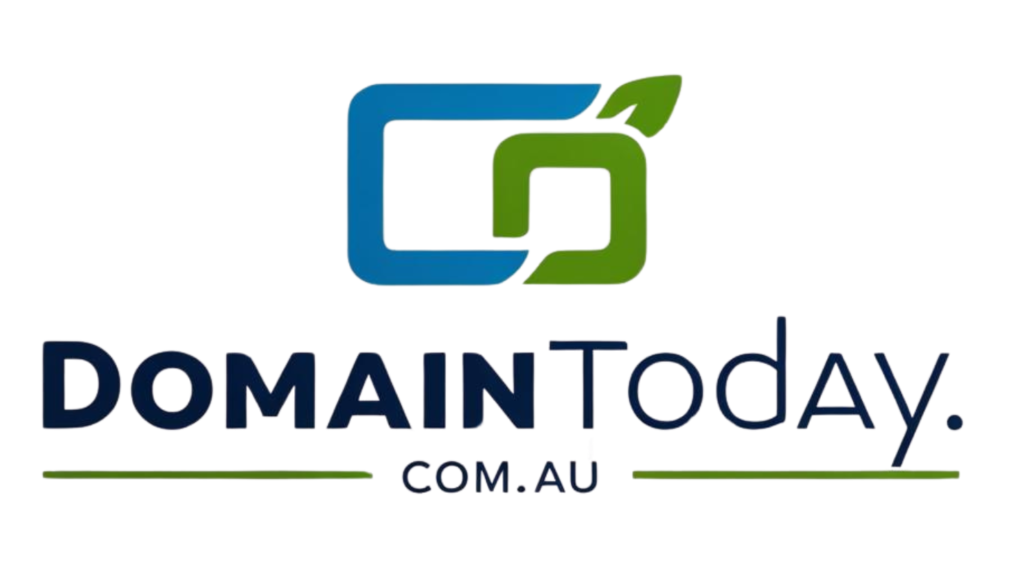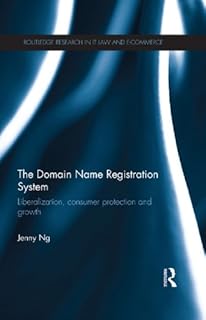ICANN faced challenges with contention sets in the previous round of top-level domain expansions. While the organization initially encouraged parties to resolve contention sets independently, many were settled through private auctions, where losers split the proceeds. Critics argued that this model inflated domain prices and raised concerns about applicants aiming to profit from losing auctions in future rounds.
In response, ICANN introduced an “alternate string” plan for the upcoming round. Under this model, applicants facing contention could submit an alternative top-level domain to avoid an ICANN auction. If they proceed with the original string, the contention set would be resolved through an auction without refunds for the losing party.
While this approach may benefit portfolio applicants, it poses challenges for single applicants, particularly non-profits or companies seeking specific domains like a dot-brand. To address these concerns, there have been calls for a partial recovery mechanism for auction losers, allowing them to recoup a portion of their expenses, such as the application fee.
Proposals have been made for a fixed refund amount, such as $227,000 or $350,000, to soften the financial impact on unsuccessful applicants. This adjustment aims to provide some relief and fairness in the auction process, especially for those who do not secure the domain they applied for.
Industry experts and stakeholders have shared varying opinions on these proposed changes. Some suggest a refund for applicants not signing a registry contract, while others advocate for decentralized alternatives like ENS and Handshake, which offer open auction systems and aim to address issues of centralization and cost barriers in domain acquisitions.
As the domain name industry evolves, discussions around contention set models, auction mechanisms, and fairness in domain allocation continue to shape ICANN’s policies and practices. Finding a balance between encouraging competition and ensuring equitable access to domain names remains a key focus for stakeholders in the domain industry.
Looking ahead, the implementation and impact of these proposed changes will be closely monitored to assess their effectiveness in promoting a more transparent, efficient, and inclusive domain name allocation process for all applicants, regardless of their size or resources.
📰 Related Articles
- ICANN Raises New Top-Level Domain Application Fee to $227,000
- ICANN Proposes Domain Transfer Policy Changes to Streamline Processes
- ICANN Advances Universal Acceptance for Domain and Email Integration
- Google Introduces .ING Domain for Targeted User Intent Marketing
- Dynadot Introduces Premium User Auctions for Domain Investors




